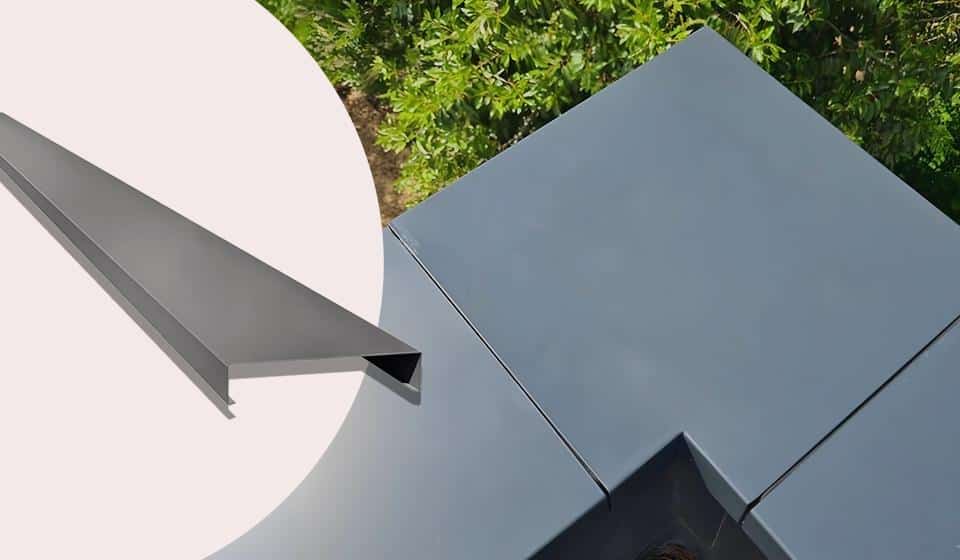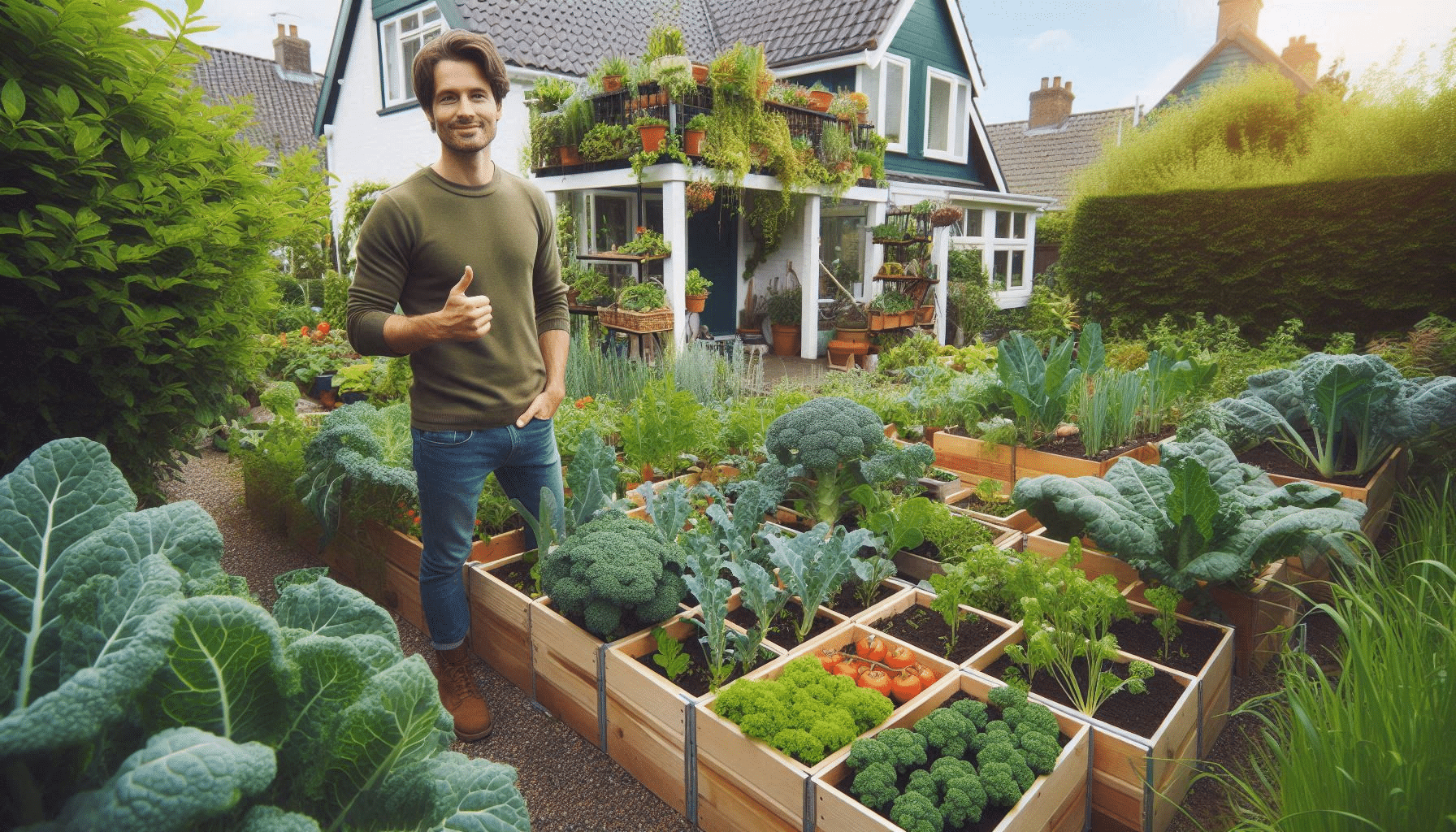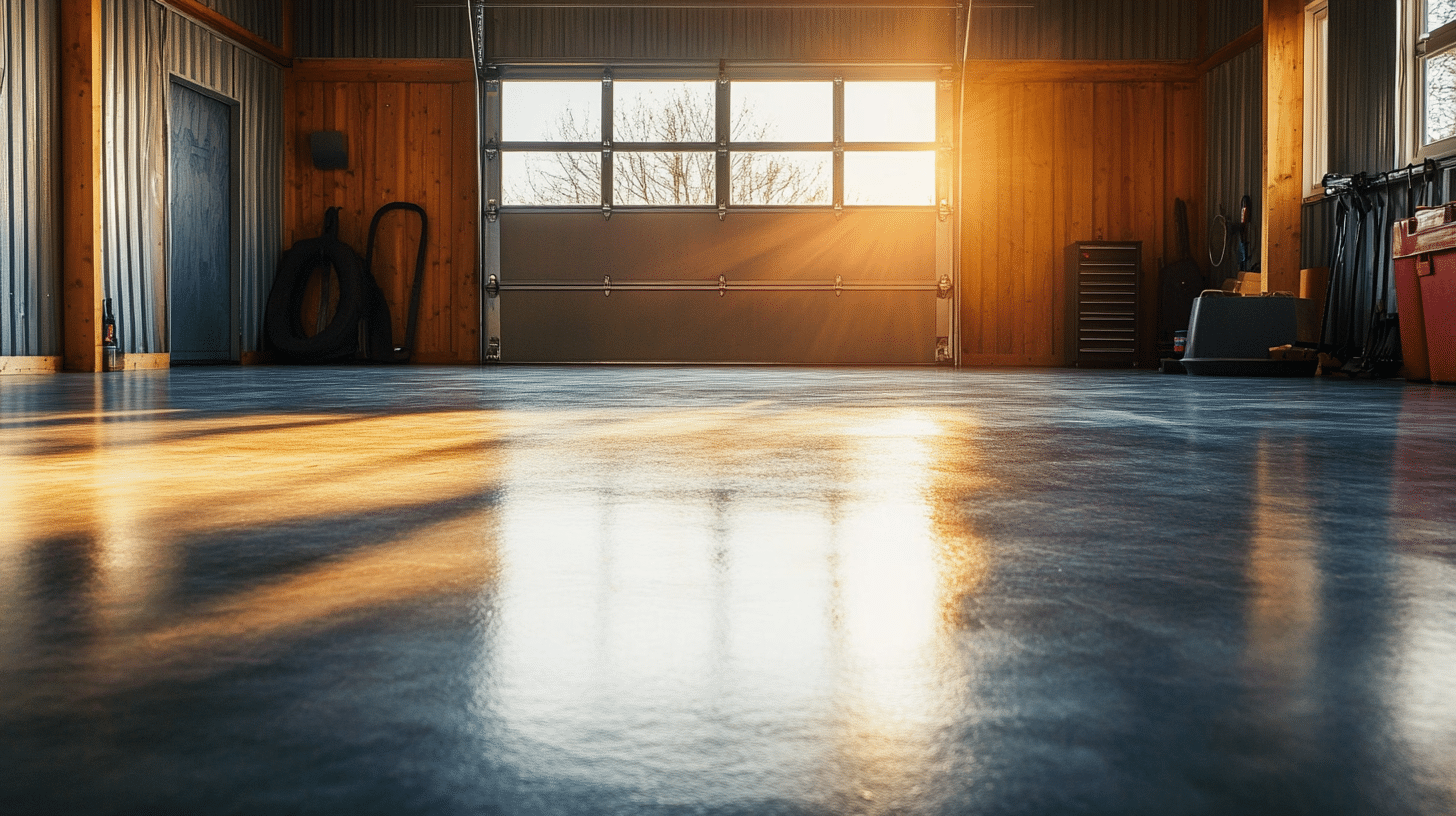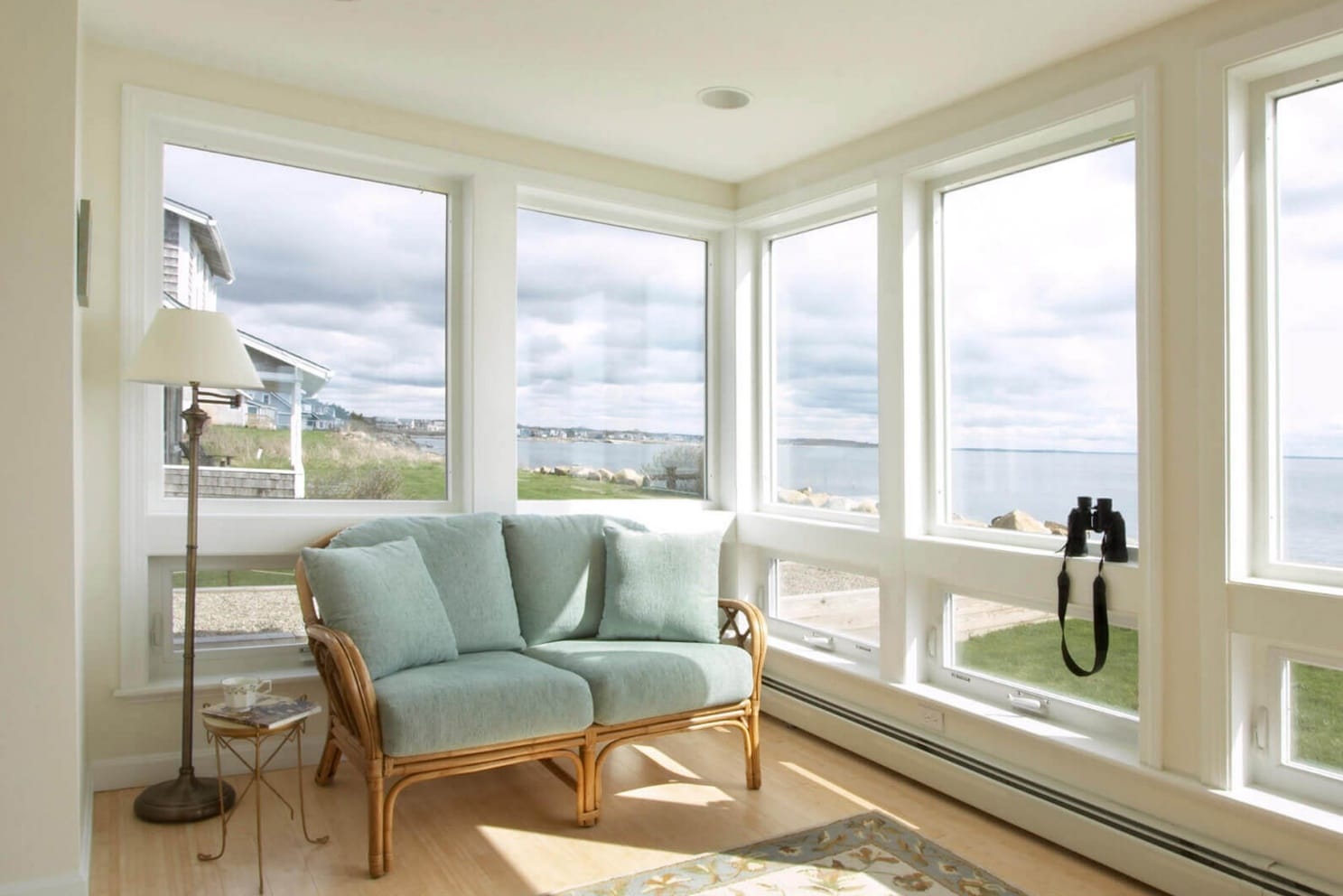Protect Your Building in Style: The Ultimate Guide to Aluminium Coping
Copings are vital architectural features that offer complete protection for building structures. Beyond simply capping the tops of parapet walls and roofs, these protective barriers form a waterproof seal. They can have flat tops or slanted surfaces to control water drainage.
Proper engineering is crucial during the installation process to ensure that each coping sheet interlocks flawlessly and is securely attached to withstand varying weather conditions for many years.
To guarantee an optimal fit, numerous applications necessitate bespoke fabrications, especially for curved surfaces. Expert fabricators meticulously measure and shape each component to create an effective engineered coping solution.
Why are Copings Important?
Modern architecture commonly incorporates parapet walls—vertical extensions of exterior walls that rise above the roofline. While sloped parapets naturally shed water, flat horizontal parapets require a protective cap called coping, which is crucial for maintaining the building’s integrity against environmental elements.
Without this essential covering, water can penetrate the porous brick-and-mortar joints, potentially causing multiple issues. These problems range from aesthetic concerns like efflorescence, where salt deposits create unsightly stains on the exterior, to more severe structural damages.
As water seeps downward through the wall, it can lead to rising dampness, which may damage interior surfaces and deteriorate the building’s structure. Coping serves as both a practical and aesthetic solution, effectively channelling water away from the structure while enhancing parapet walls’ visual appeal.
Aluminium vs. Other Coping Materials
No coping is permanent, but certain types require less maintenance than others. If there is limited ability to perform maintenance, it is best to prioritise coping systems that require minimal upkeep.
Because of its natural corrosion resistance, aluminium is more durable than other coping solutions.
Moreover, aluminium demonstrates greater specific strength compared to steel, enabling copings with a thickness of just 2–3 mm to work effectively and withstand deformation. This makes an aluminium coping an excellent choice for a building’s outer covering.
But what about the alternative material choices for roof parapets?
Stone, tile/terracotta and lead have always been traditional options for coping. All three options offer a visually pleasing appearance but they are heavy materials that affect both installation and the roof’s structure. Likewise, mortar is often used to secure tile and stone copings, leaving them susceptible to freeze-thaw damage.
An alternative choice for copings is GRP and polymeric copings. They are light in weight and can be easily moulded. Regrettably, these materials can change shape when subjected to heavy loads or strong winds because they are not very strong. They are susceptible to UV degradation as well.
Metal copings are highly favoured due to their increased strength. Creating mild or plain-steel copings is simple; however, corrosion may occur and result in unattractive rust streaks on buildings. In the same way, copper appears appealing when initially sliced but develops a green patina (verdigris) over time.
As a result, we have only aluminium remaining. Aluminium copings are both aesthetically pleasing and serve a protective function. They can be powder-coated in a variety of colours, making them a sustainable and economical choice.
The Benefits of Aluminium for Copings
Aluminium Copings Provide Flexible Protection
Aluminium parapet wall copings provide exceptional versatility. These flexible components can be moulded to align with curved or meandering walls, accommodate corners at various angles, and include rounded or inclined tops for effective water runoff.
The flexibility of aluminium copings makes them a great option for protecting parapet walls from the elements.
Durable and Sturdy Aluminium Coping
Aluminium is a flexible and versatile metal known for its high resistance to corrosion. Despite its lightweight nature, aluminium is remarkably strong; it surpasses steel in strength.
This durability allows aluminium copings to endure heavy rainfall and strong winds. In essence, when aluminium is used to safeguard your structure, it promises longevity with minimal maintenance.
Exhibit A Wide Range of Aesthetic Qualities
Aluminium’s ability to work well with different finishing techniques like painting, powder coating, and anodising is a major benefit. This flexibility gives architects endless design opportunities for coping systems. Aluminium copings can be customised to achieve the desired aesthetic effect, whether blending in with existing architectural elements or creating a striking contrast.
Concluding Thoughts
Aluminium coping is an ideal option for individuals seeking to safeguard their building with a contemporary flair. Its ability to withstand wear and tear, require minimal upkeep, and be easily adapted makes it the top selection for practical and visual uses.
Aluminium coping enhances the durability of structures like commercial buildings, residential projects, and outdoor spaces by offering a stylish and durable protective barrier.
If you’re thinking about a method to manage stress for your upcoming project, aluminium should be your first choice. Aluminium coping offers a unique blend of durability, fashion, and eco-friendliness, ensuring both protection and aesthetic appeal for your building.







